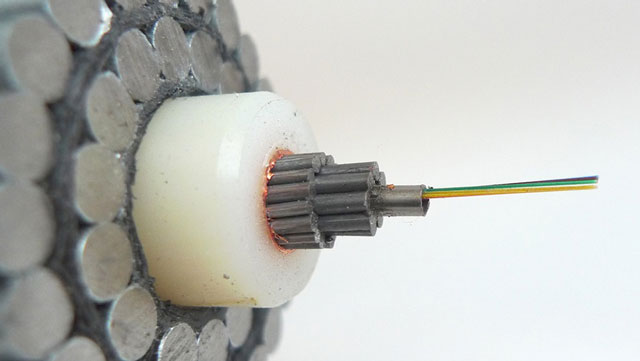
Alcatel-Lucent has announced it is about to begin construction of the Africa Coast to Europe (Ace) submarine cable’s second phase, which will connect South Africa to São Tomé and Príncipe and provide an alternative route to Europe to the West Africa Cable System (Wacs).
The 5 000km extension to the system comes three months after MTN said it would help provide funding to bring the Ace cable to Cape Town by providing US$50m in investment. The system should help put further downward pressure on international bandwidth prices when it goes live.
The first phase of the Ace cable’s construction was led by French telecommunications giant Orange and went live in 2012. Already, it connects more than a dozen countries along its route.
The Ace cable follows a similar route to the West Africa Cable System, better known as Wacs, with the two cables set to compete head-on for business.
South Africa is increasingly well served by undersea cable systems, with Wacs, Sat-3 and soon Ace serving the western route to Europe and Seacom and Eassy serving the eastern route.
“It is notable that 13 of the 16 countries connected by Ace are in Africa, and of those 13, seven were connected to the global Internet backbone for the first time by the cable system coming on-stream in December 2012,” Alcatel-Lucent said in a statement.
“Phase two will link Namibia, Angola, the Democratic Republic of Congo, Congo-Brazzaville and South Africa, including an extension to Cameroon.”
Alcatel-Lucent is deploying 100Gbit/s fibre technology and, on completion of phase two, the system will have an overall design capacity of 12,8Tbit/s, it said. Once completed, the Ace cable will have an overall system distance of 17 000km. — (c) 2015 NewsCentral Media




